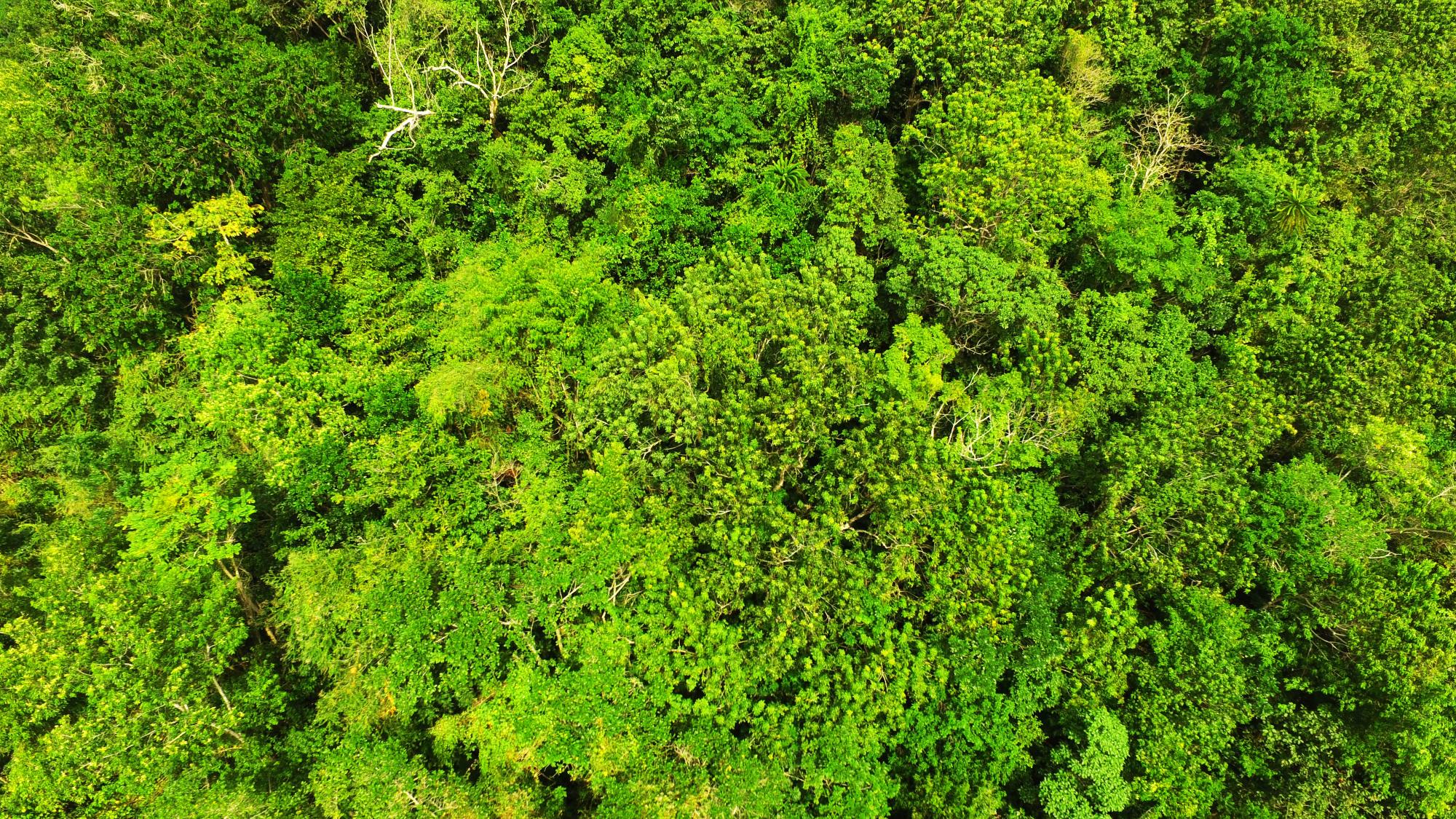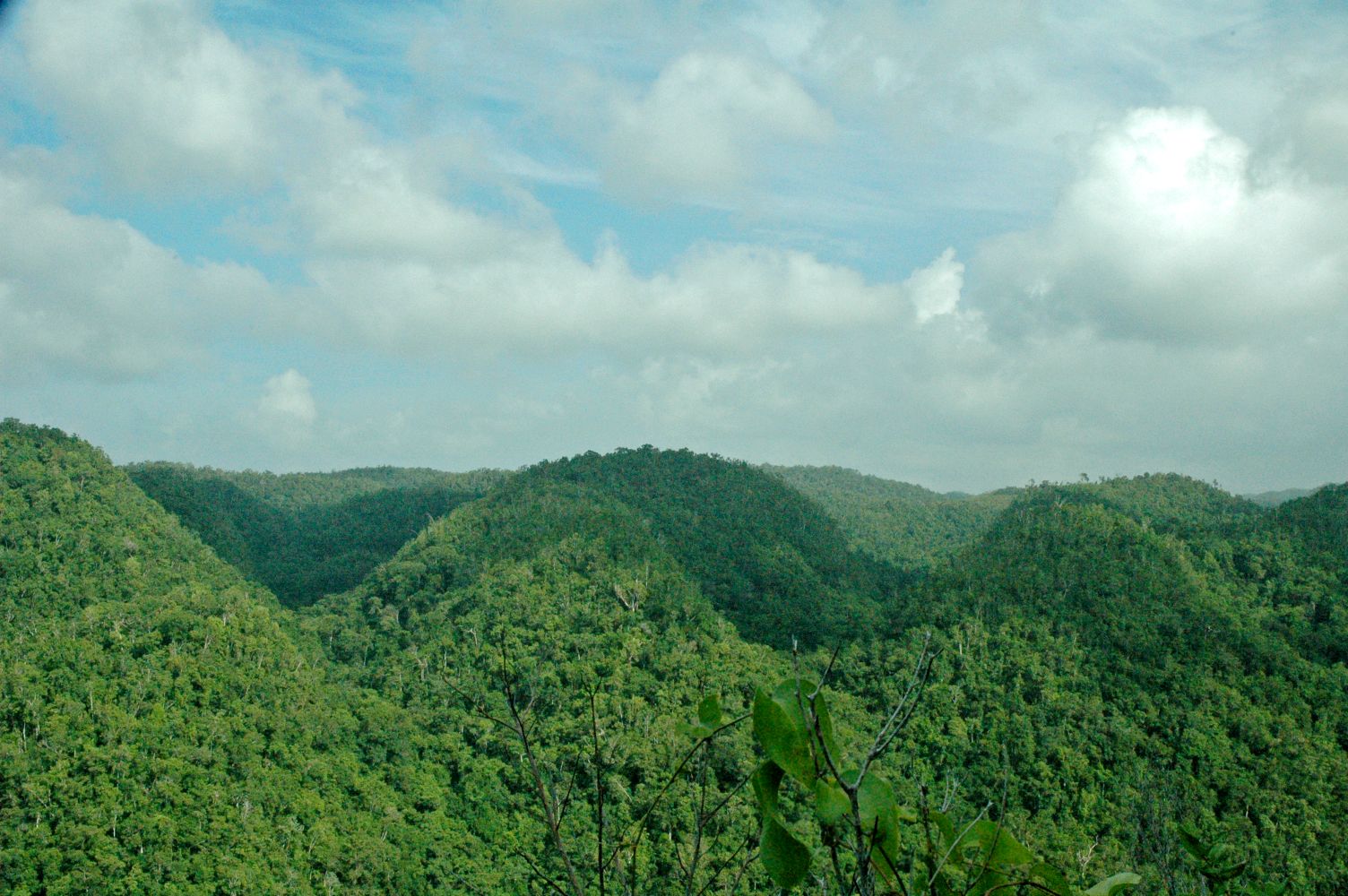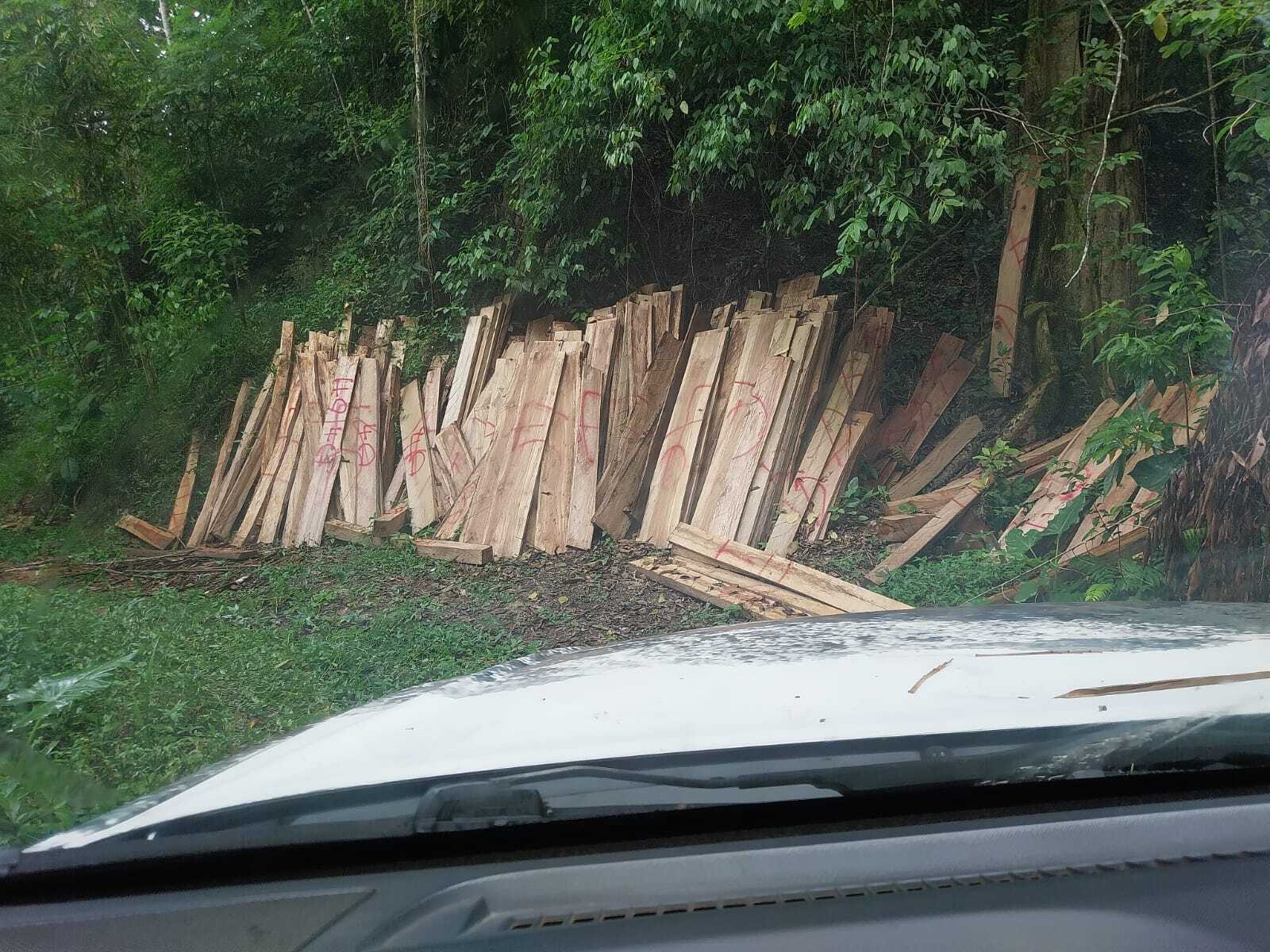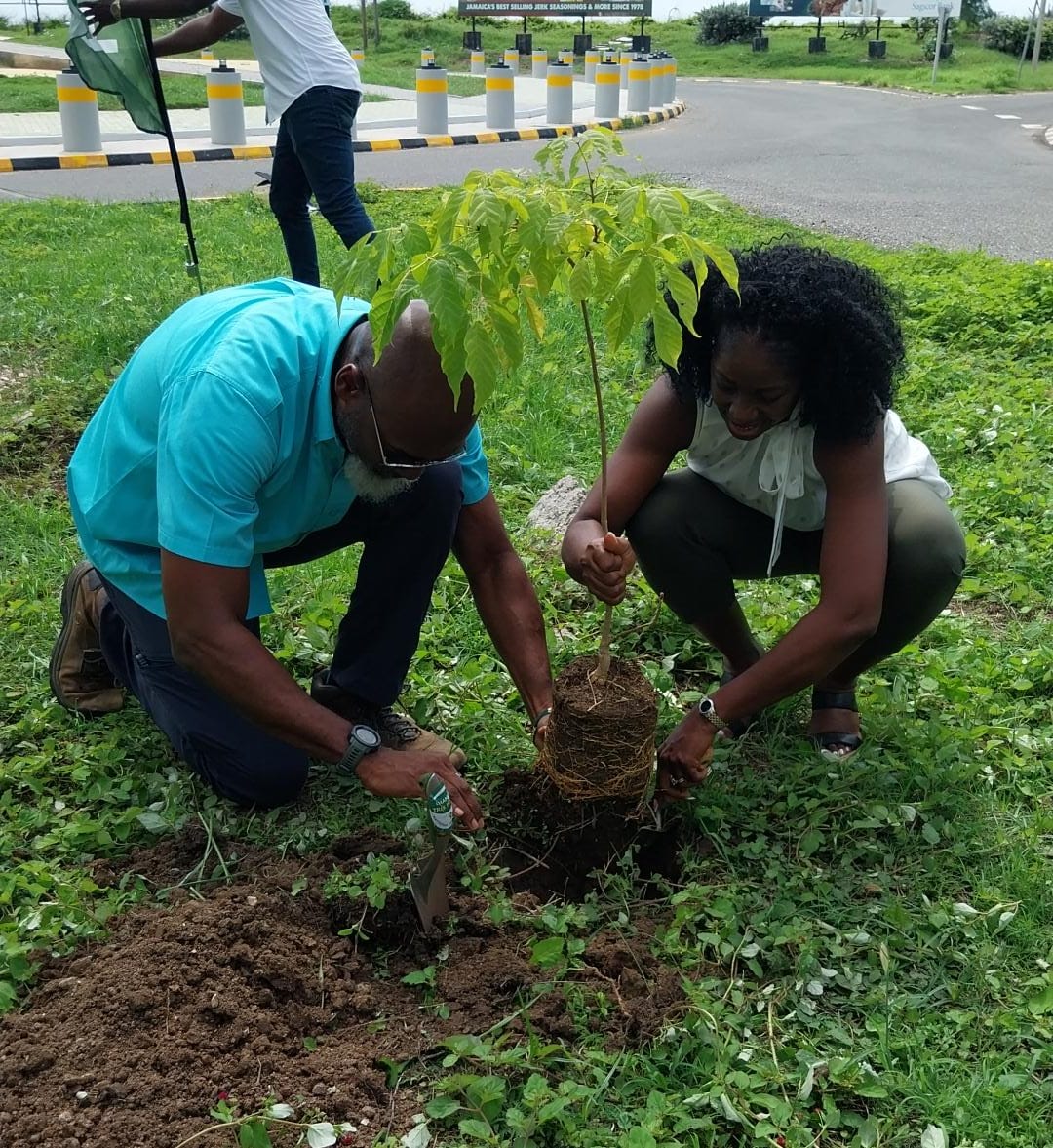Cockpit Country: Jamaica’s Treasure Trove of Biological Diversity
Stretched along the west-central coast of Jamaica, lies the island’s largest contiguous area of natural, mainly undisturbed forest. The Cockpit Country Forest Reserve, which together with the wider Cockpit Country area, represents 51 percent of the remaining primary or closed-broadleaf forest in the country.
Closed broadleaf forest or primary forest has mainly native trees, at least 5m tall with interlocking crown; it has minimal human disturbance and the highest level of biodiversity.
The Cockpit Country, known for its karst limestone landscape riddled with caves, sinkholes and its signature conical ranges, provides the ideal habitat for hundreds of plants and animals, some of which are found nowhere else in the world, making them endemic to the area. In fact, the area is said to have one of the most impressive levels of endemism in the world.
It spans the parishes of Trelawny, St. James and St. Elizabeth. The Cockpit Country Forest Reserve was gazetted in December 1950 and is protected under the Forest Act (1996). The reserve is managed by the Forestry Department to achieve conservation and preservation of its biological diversity as well as to sustainably provide ecological services such as water and carbon storage.
The Cockpit Country Forest Reserve is situated in the centre of the area to be protected as the Cockpit Country which contributes to the provision of approximately 40 percent of Jamaica’s fresh water and sequesters tonnes of carbon dioxide each year.
Some of the faunal treasures that can be found in the Cockpit Country include 28 endemic land birds which include the Jamaica Blackbird (Nesopsar nigerrimus) and our three endemic parrots. The area serves as a habitat for 13 of the island's 21 species of bats and 37 of Jamaica’s 62 species of amphibians and reptiles, including our very own Jamaican Boa (Chilabothrus subflavus formally called Epicrates subflavus). Apart from the Blue and John Crow Mountains, the Cockpit Country is the only remaining habitat of the endemic and endangered Giant Swallowtail Butterfly (Pterourus homerus) which is the largest butterfly in the western hemisphere.
The Cockpit Country is not only home to these beautiful creatures but it also has a high level of diversity in plant species. There are 1500 vascular plant species in the area, 101 of which are only found there. Most of Jamaica’s 550 native fern species are found in the Cockpit Country and relative to its area, more species of ferns are found here than in any other tropical forest in the world.
As we celebrate International Day for Biological Diversity, we are echoing our commitment to the conservation of this local treasure chest as well as all other such areas across Jamaica.
Let us all play our part in preserving our natural resources for the benefit of present and future generations.






